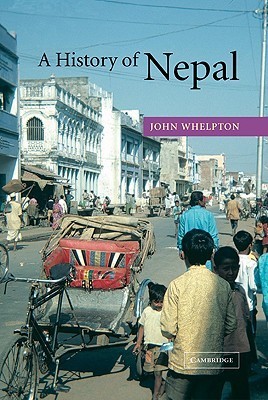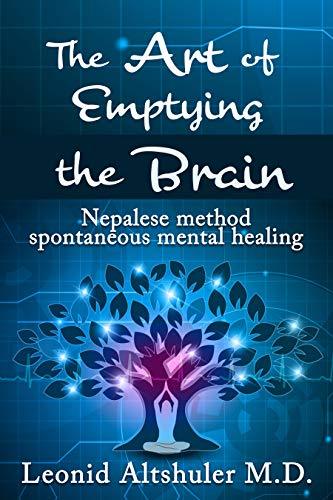
The history of school textbooks in Nepal is deeply intertwined with the country’s educational development. The formal education system in Nepal began to take shape in the early 20th century, although traditional forms of education had existed for centuries in the form of Vedic teachings and Buddhist monastic schools. The establishment of Durbar High School in Kathmandu in 1854 marked the beginning of modern education in Nepal. However, it wasn’t until the mid-20th century that the production and use of standardized textbooks became more organized and widespread.
सूची
Development and Initial Publications
The first significant effort to produce standardized textbooks in Nepal began in the 1950s, coinciding with the establishment of democracy in 1951. The government recognized the need for a uniform curriculum and standardized educational materials to ensure consistency and quality across the nation’s schools. This led to the formation of the National Education Committee, which played a crucial role in developing the initial textbooks for primary and secondary education.
Institutional Framework
Today, the responsibility for producing and updating school textbooks in Nepal falls primarily on the Curriculum Development Centre (CDC), which operates under the Ministry of Education, Science, and Technology. The CDC was established in 1965 and has since been the central authority for curriculum development and textbook production. It works in collaboration with various educational stakeholders, including teachers, subject matter experts, and policymakers, to create and revise textbooks that meet the educational needs of the country.
Textbook Development Process
The process of developing textbooks in Nepal involves several stages:
- Curriculum Framework Development: The CDC first develops a national curriculum framework that outlines the objectives, content areas, and learning outcomes for each grade level and subject.
- Manuscript Preparation: Subject experts and experienced teachers are commissioned to write manuscripts based on the curriculum framework. These manuscripts are then reviewed and refined through a series of consultations and workshops.
- Editing and Approval: The manuscripts undergo rigorous editing for content accuracy, language clarity, and pedagogical appropriateness. The CDC then reviews and approves the final drafts before they are sent for printing.
- Printing and Distribution: Once approved, the textbooks are printed and distributed to schools across the country. The CDC ensures that textbooks are available to students at the beginning of each academic year.
Updates and Revisions
The updating of textbooks in Nepal is an ongoing process aimed at keeping educational materials relevant and up-to-date with current knowledge and pedagogical practices. The CDC conducts regular reviews and updates of textbooks based on the following factors:
- Curriculum Revisions: Whenever the national curriculum is revised, corresponding changes are made to the textbooks. Major curriculum revisions typically occur every ten years, but minor updates can happen more frequently.
- Feedback from Schools: Feedback from teachers, students, and educational administrators is crucial in identifying areas that need improvement or updating in the textbooks.
- Technological and Scientific Advancements: New discoveries and advancements in various fields necessitate updates to ensure that textbooks reflect the latest knowledge.
- Policy Changes: Changes in educational policies, such as the inclusion of new subjects or emphasis on certain learning outcomes, also drive the need for textbook revisions.
Challenges and Future Directions
Despite the structured process and institutional support, the production and distribution of textbooks in Nepal face several challenges:
- Geographical Barriers: Nepal’s diverse and rugged terrain makes the distribution of textbooks to remote areas difficult and time-consuming.
- Resource Constraints: Limited financial and human resources can hinder the timely production and updating of textbooks.
- Quality Assurance: Ensuring consistent quality across all textbooks remains a challenge, particularly in terms of language accuracy and pedagogical effectiveness.
- Digital Transformation: With the global shift towards digital education, there is a growing need for digital versions of textbooks and interactive learning materials. The CDC has started exploring digital solutions, but widespread implementation remains a work in progress.
Access to Free Textbooks
In recent years, efforts to make educational resources more accessible have led to the creation of online platforms where students can download textbooks for free. One such initiative is Nepalikitab.org provides free downloads of Nepali school textbooks. This platform plays a crucial role in ensuring that students, especially those in remote and underprivileged areas, have access to essential educational materials. By offering textbooks online, Nepalikitab.org helps bridge the gap caused by geographical and financial barriers, contributing to a more inclusive and equitable education system in Nepal.
Conclusion
The history and development of school textbooks in Nepal reflect the country’s broader educational journey. From the initial efforts in the mid-20th century to the current structured processes managed by the Curriculum Development Centre, the production and updating of textbooks have evolved significantly. While challenges remain, ongoing efforts to improve the quality and accessibility of textbooks are crucial for the continued advancement of education in Nepal. As the country moves towards embracing digital education, the future of Nepali school textbooks looks promising, with potential for greater innovation and inclusivity in the learning process. Platforms like Nepalikitab.org further enhance this potential by making educational resources readily available to all students.











तपाईको बिचार
पहिलो कमेन्ट गर्नुहोस्!